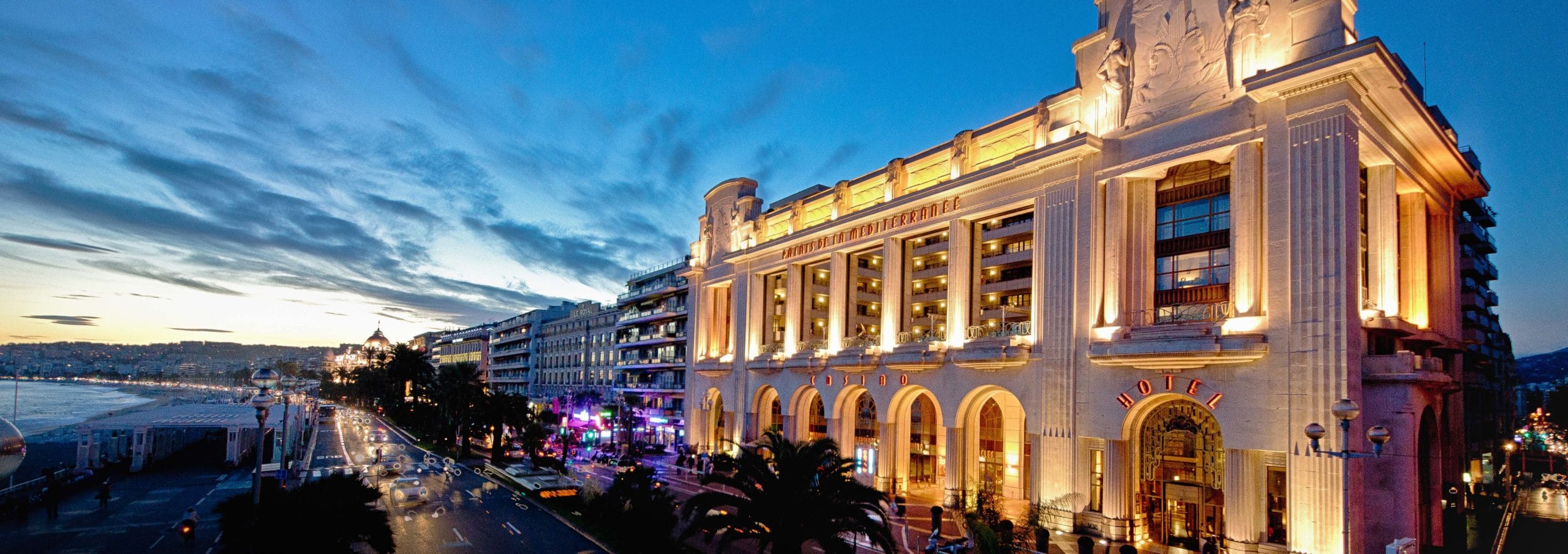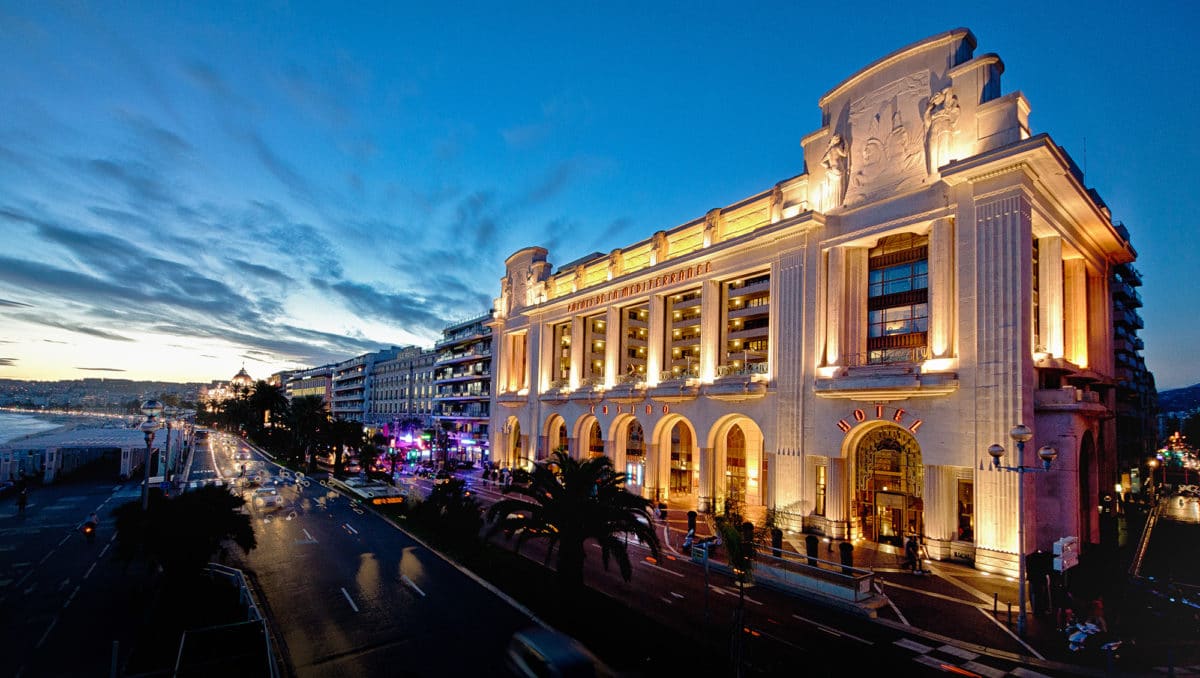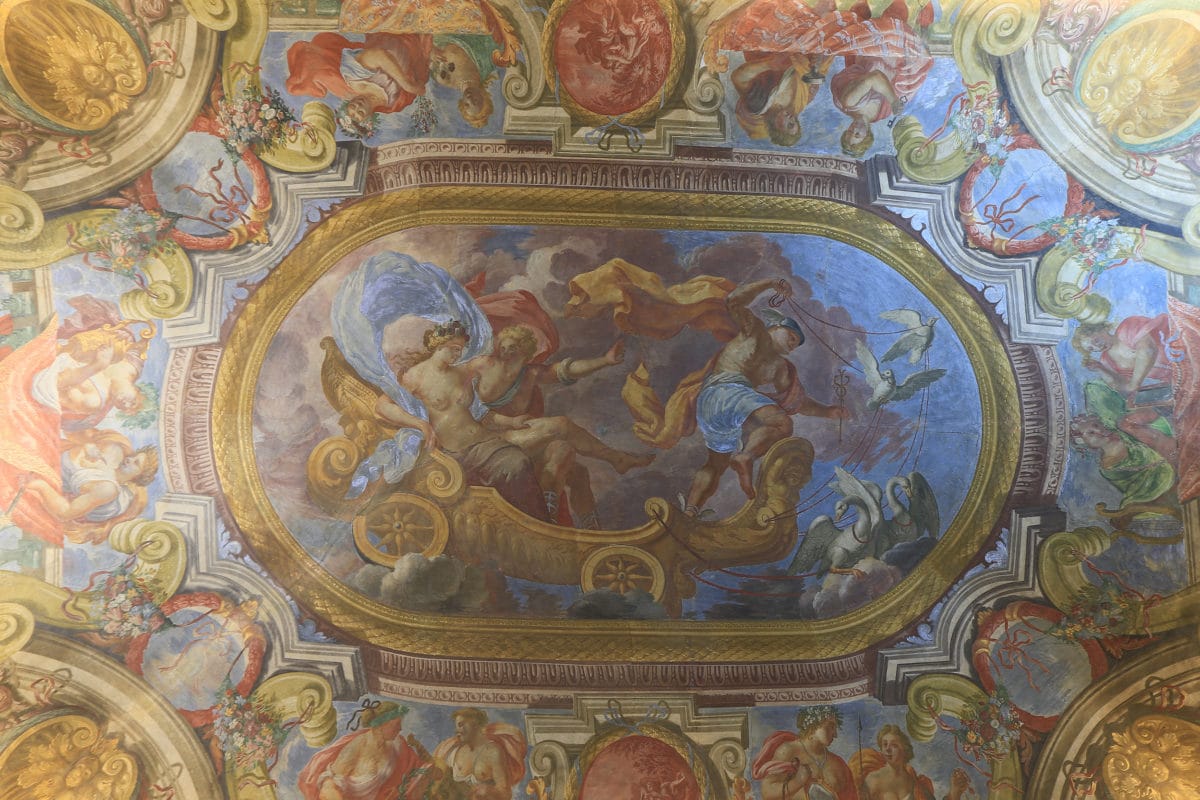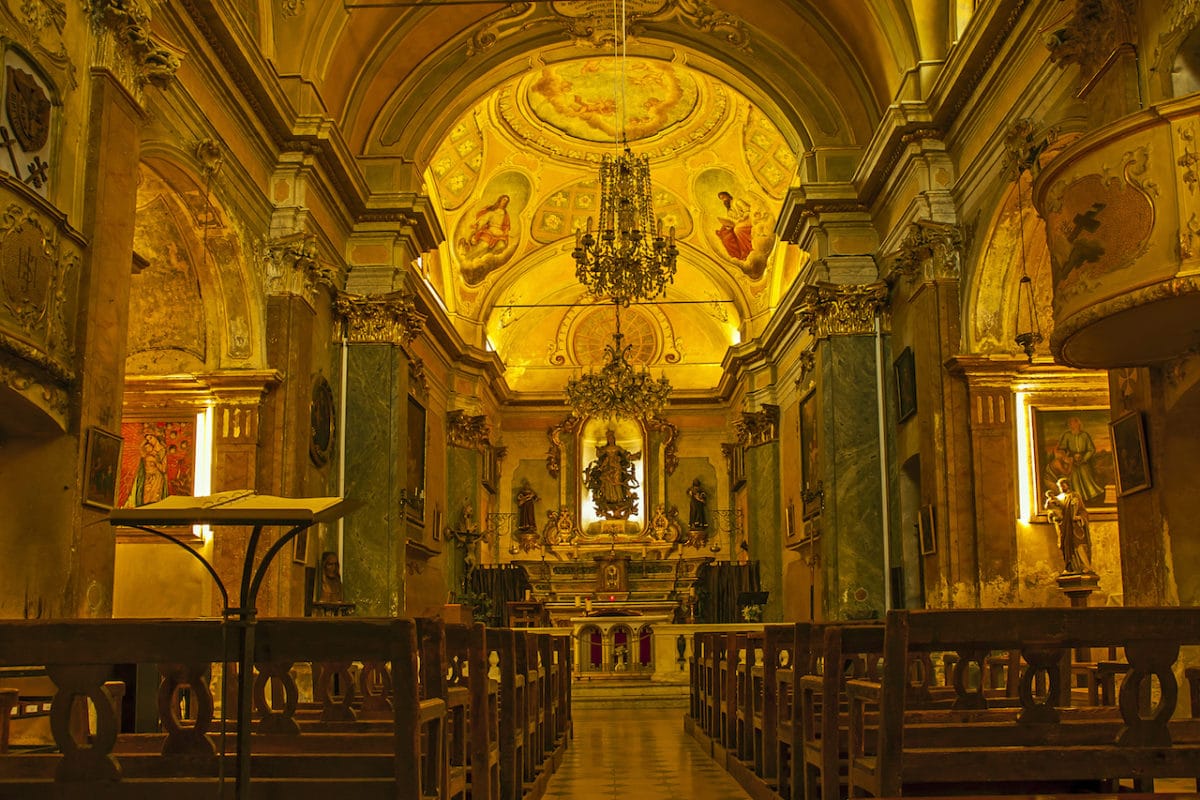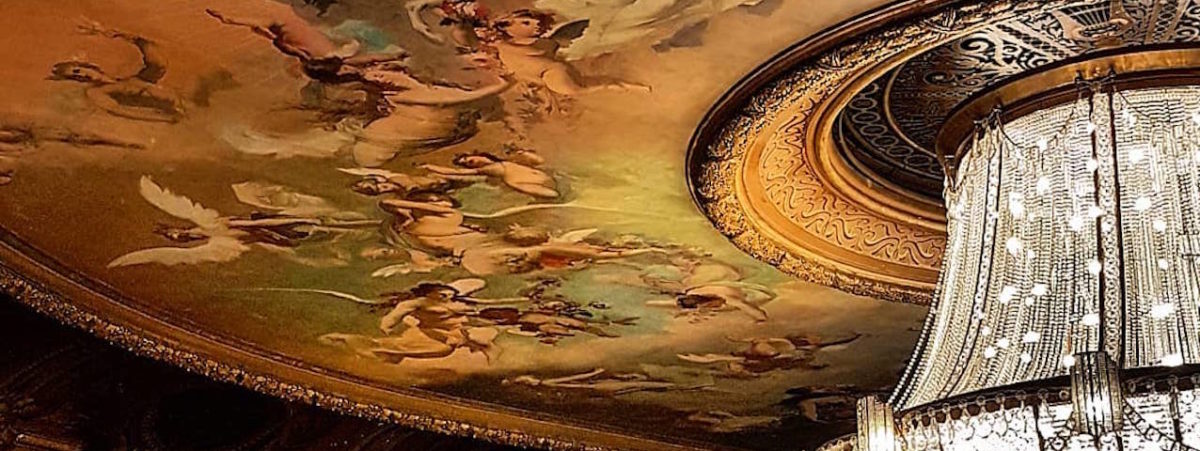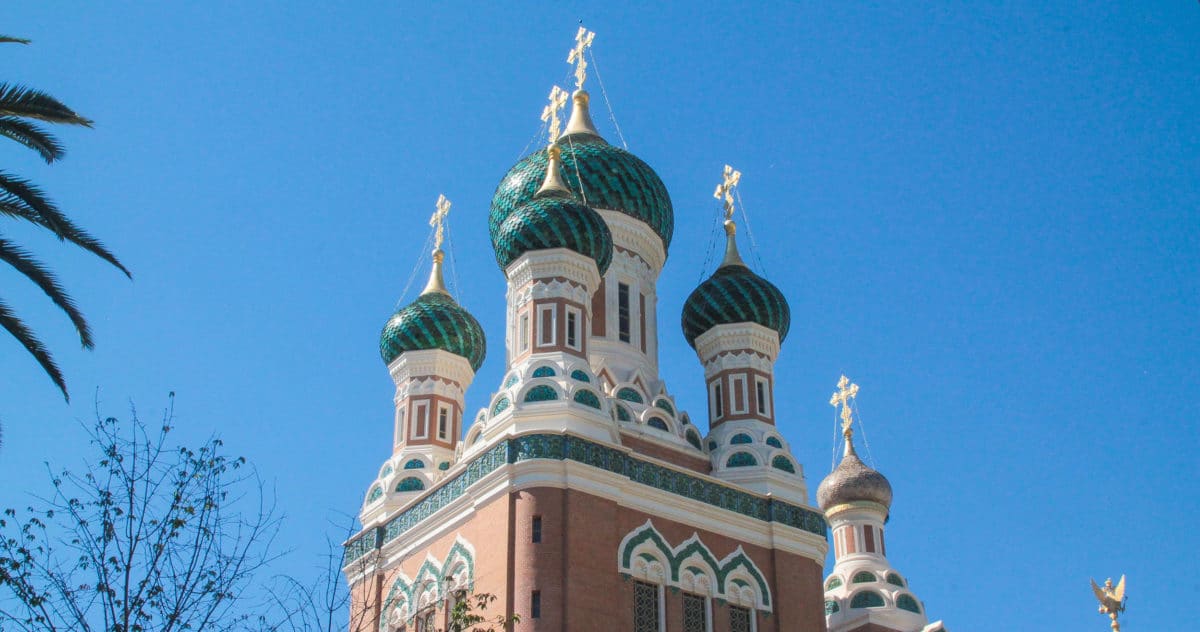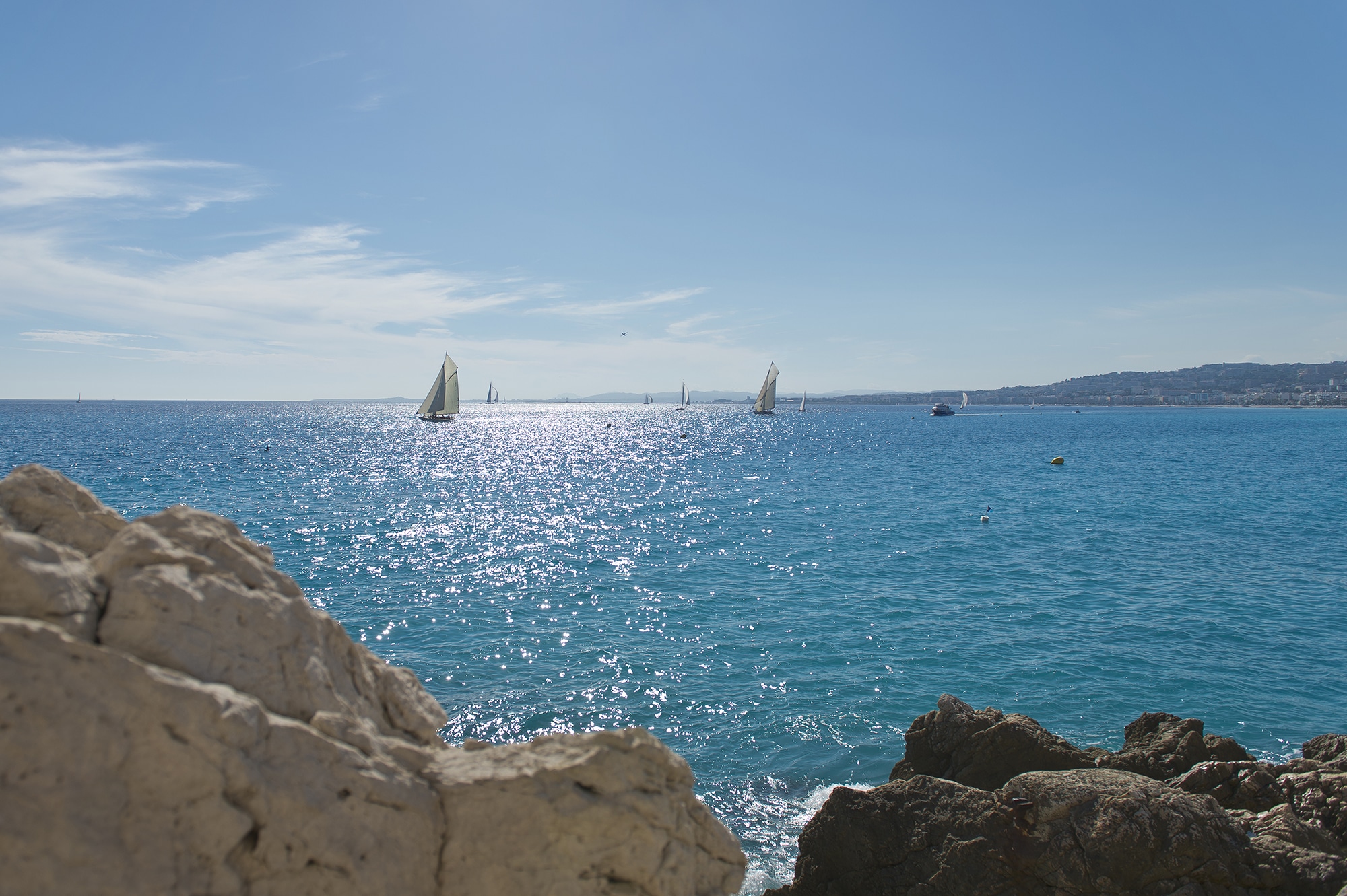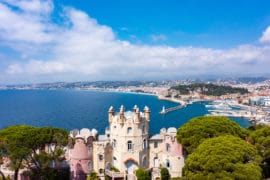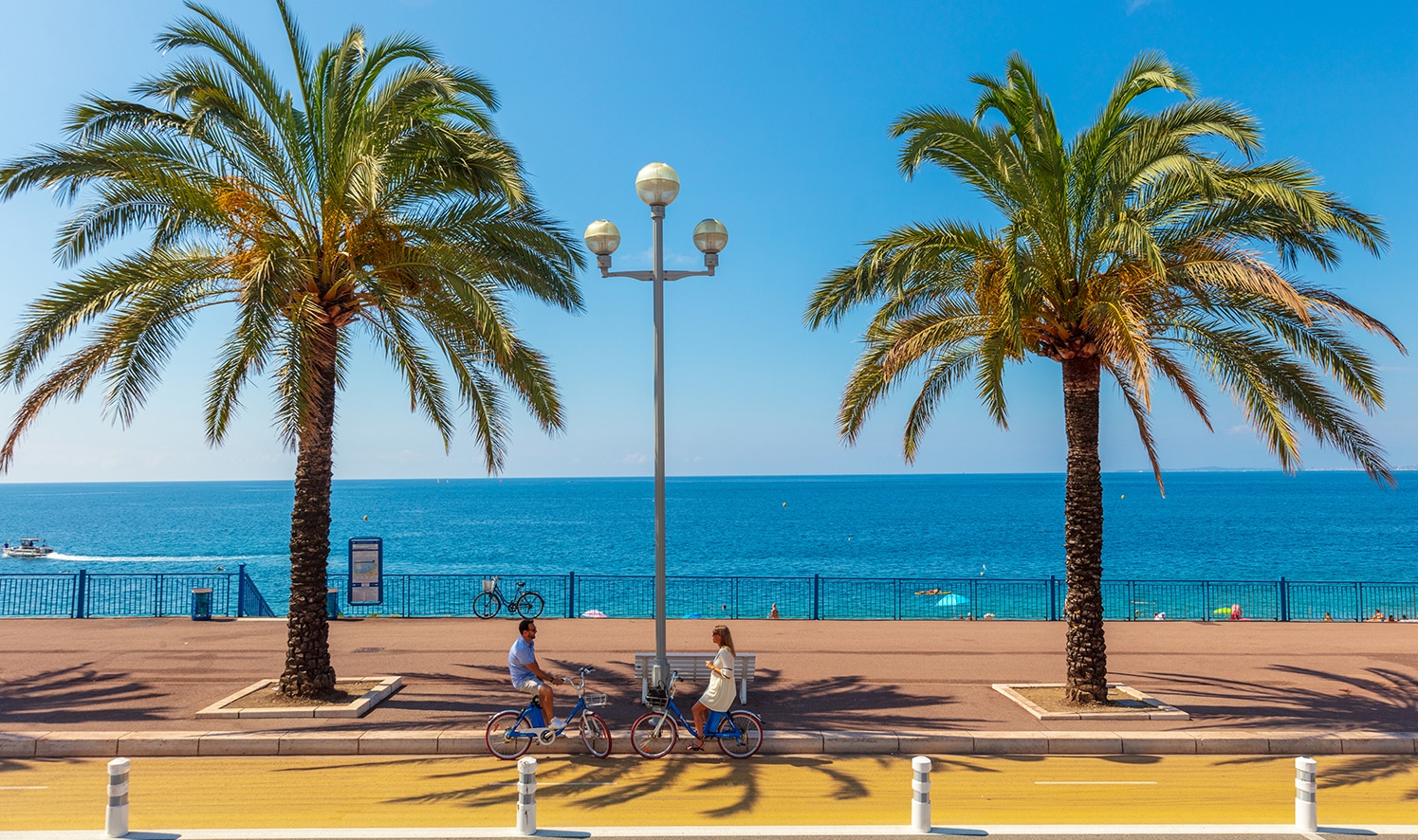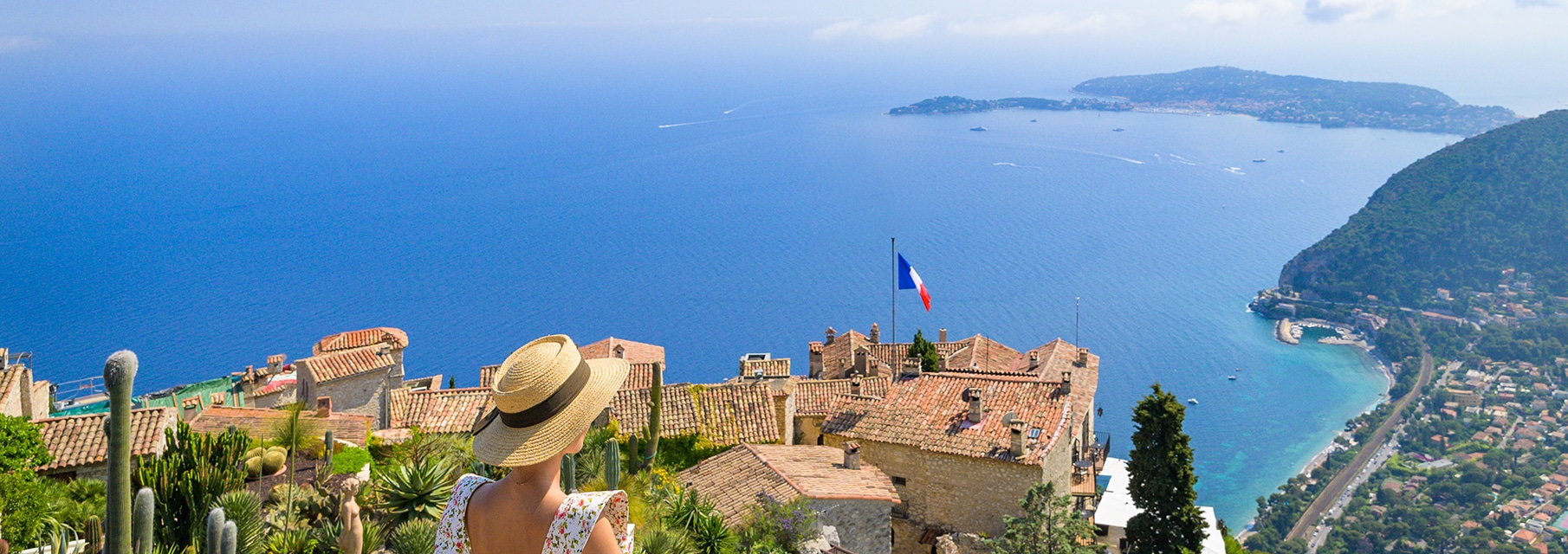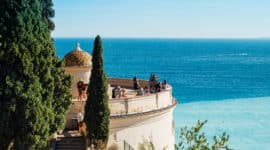Nice, 5 centuries of contemporary creation
With 400,000 years of history, Nice is characterised by 5 centuries of contemporary creation. Over the centuries of a very tumultuous history, Nice has kept within its walls the imprint of each period.
The Baroque
Although the Baroque in the true sense of the word ended at the end of the 18th century, it found a home in the Nice region. The region’s architectural, secular and religious heritage is of a rare wealth.
The Palais Lascaris, an exceptional illustration of Nice’s civil baroque, is today a museum labelled Musée de France, devoted to art and ancient musical instruments.
In the maze of Old Nice, a dozen or so religious buildings bear witness to the influence of the various periods of the Baroque movement: the Jesuit Church, the Chapel of Mercy, the Church of Saint Francis of Paola, the Chapel of the Holy Cross… and, of course, the Cathedral of Sainte-Réparate, whose facade plays with the light in order to better guide our gaze towards heaven, towards the sacred.
On the north-eastern edge of Vieux-Nice, Place Garibaldi is the oldest large square in the city and one of the most emblematic places.
The Belle Époque
The most wildly creative era is still the Belle Époque. The city took over the hills where the “winterers”, members of the aristocracy or the European bourgeoisie, gave free rein to their desires and imagination. Castles and palaces nestled in green settings with elaborate designs such as the Château de l’Anglais, a baroque building inspired by the Orient, the Musée des Beaux-Arts and the Château de Valrose, now the Faculty of Science, one of the most beautiful campuses in Europe, were born.
Of course, the Hotel Negresco, classified as a historical monument and regularly selected by the American press as one of the ten best palaces in the world, but also the Régina, the Grand Hotel… are the witnesses of this privileged holiday resort, visible in every district.
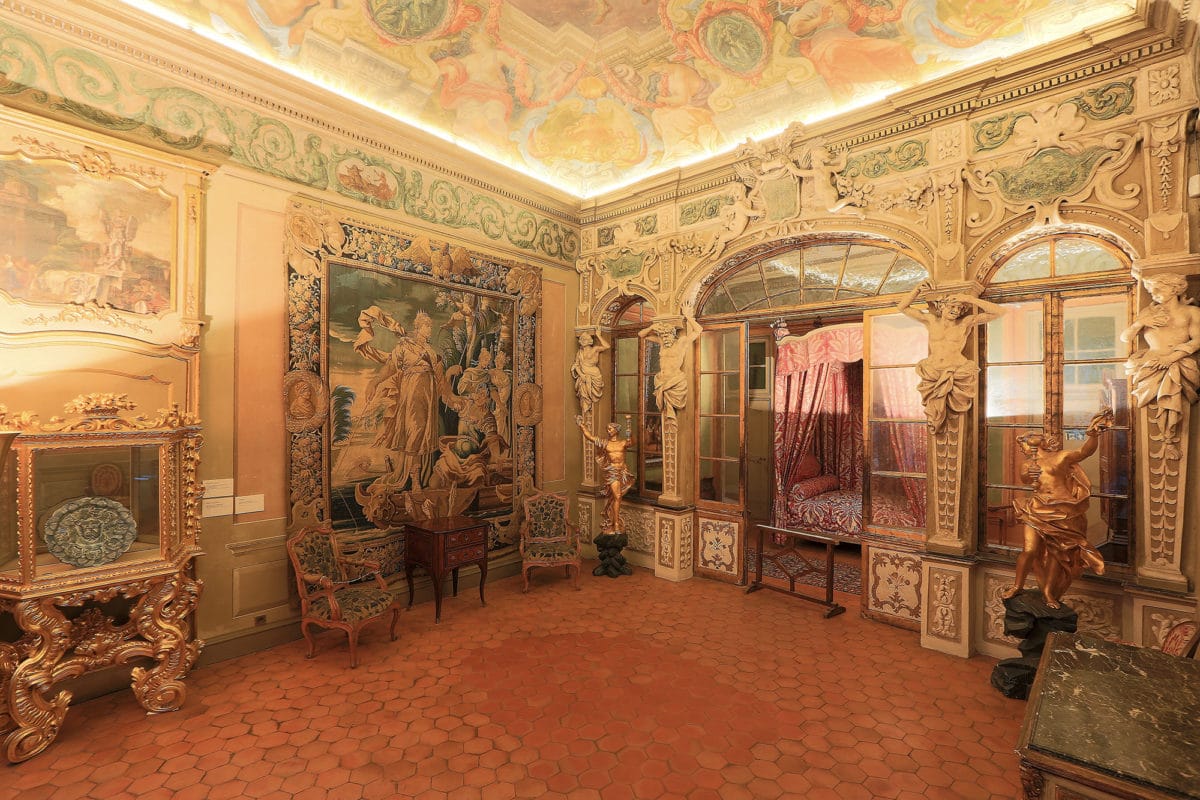
@OTM NA / J.Kelagopian
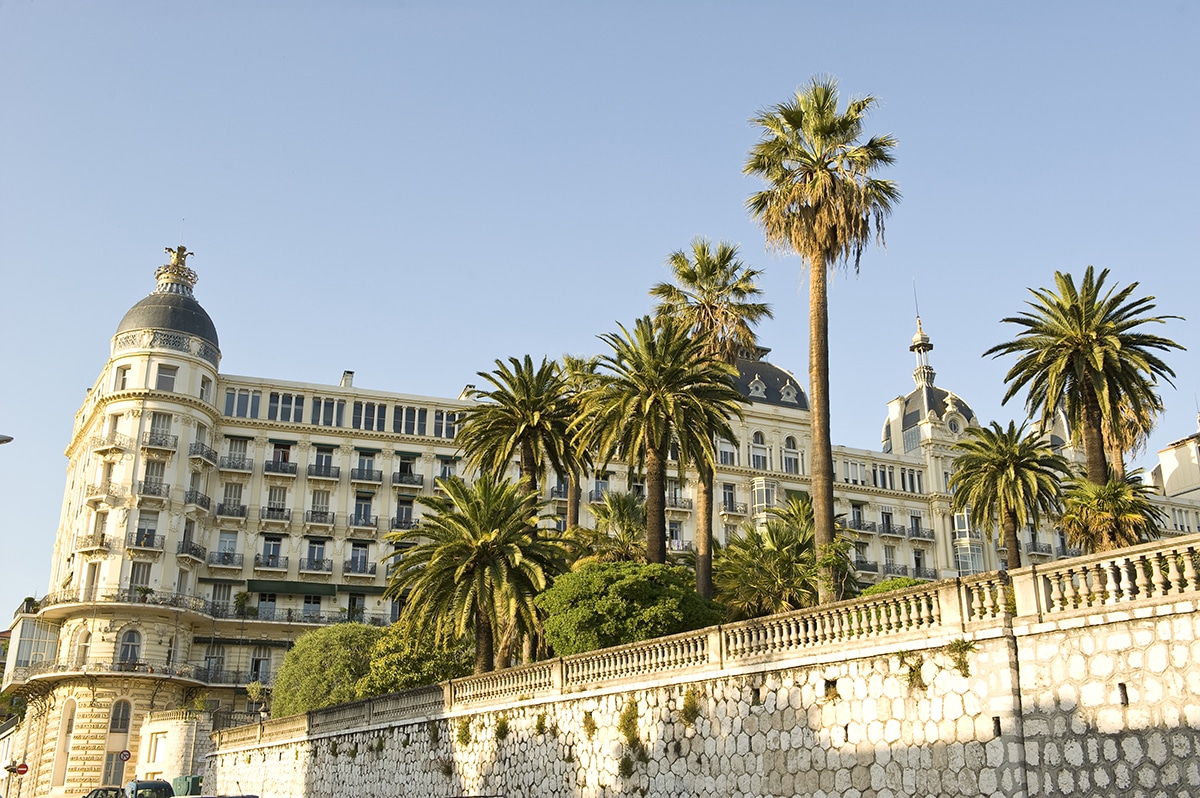
@OTM NCA / H.Lagarde
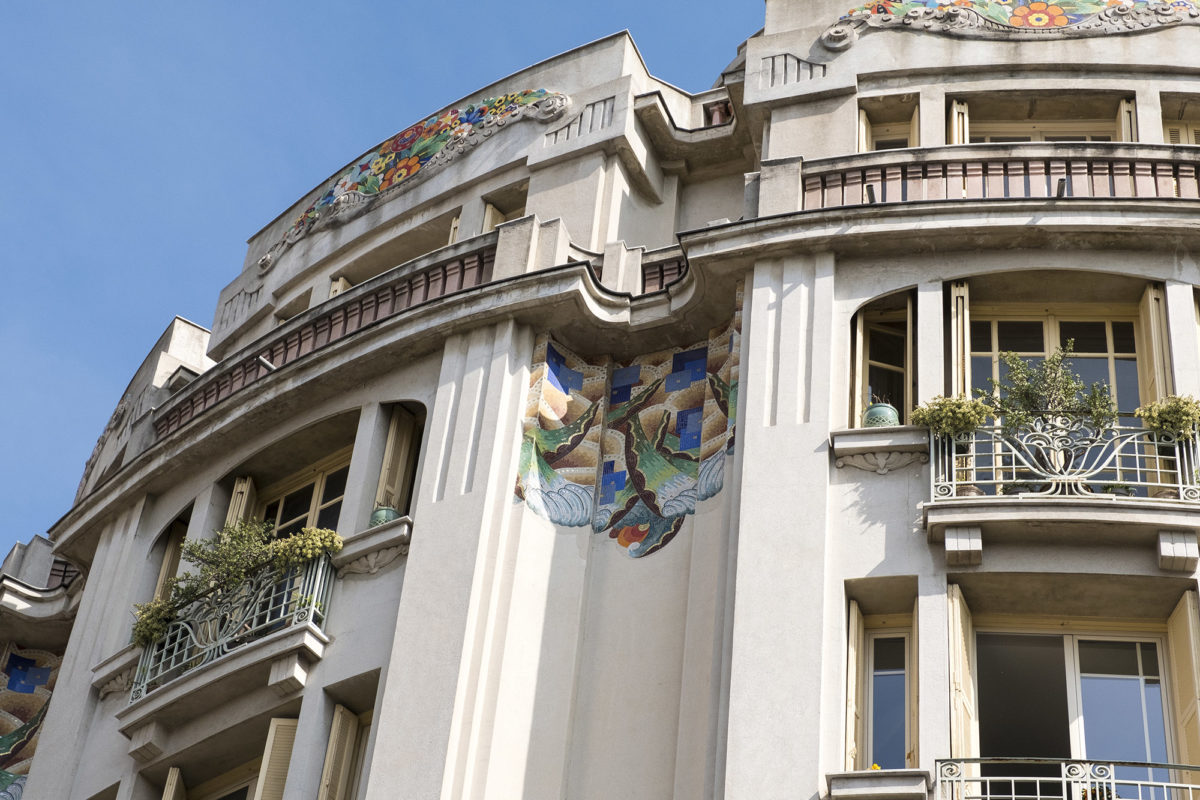
@OTM NCA / H.Lagarde
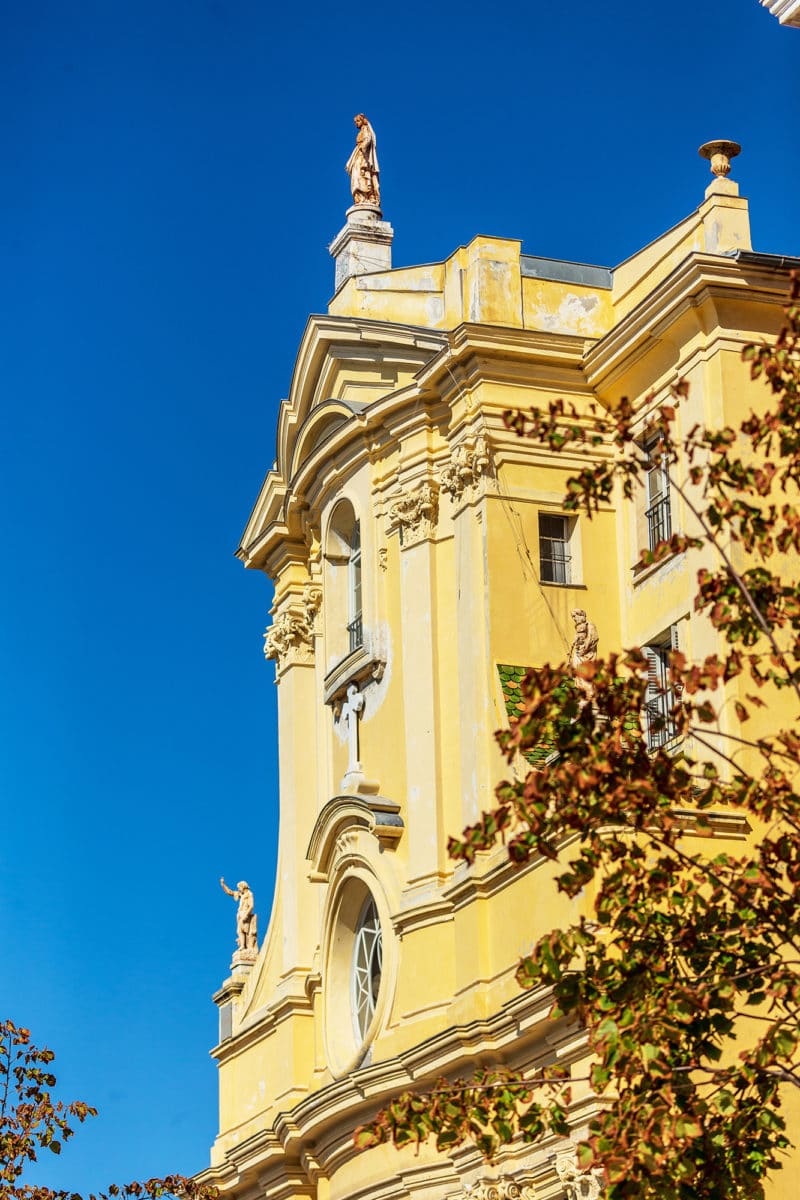
@OTM NCA / J.Kelagopian
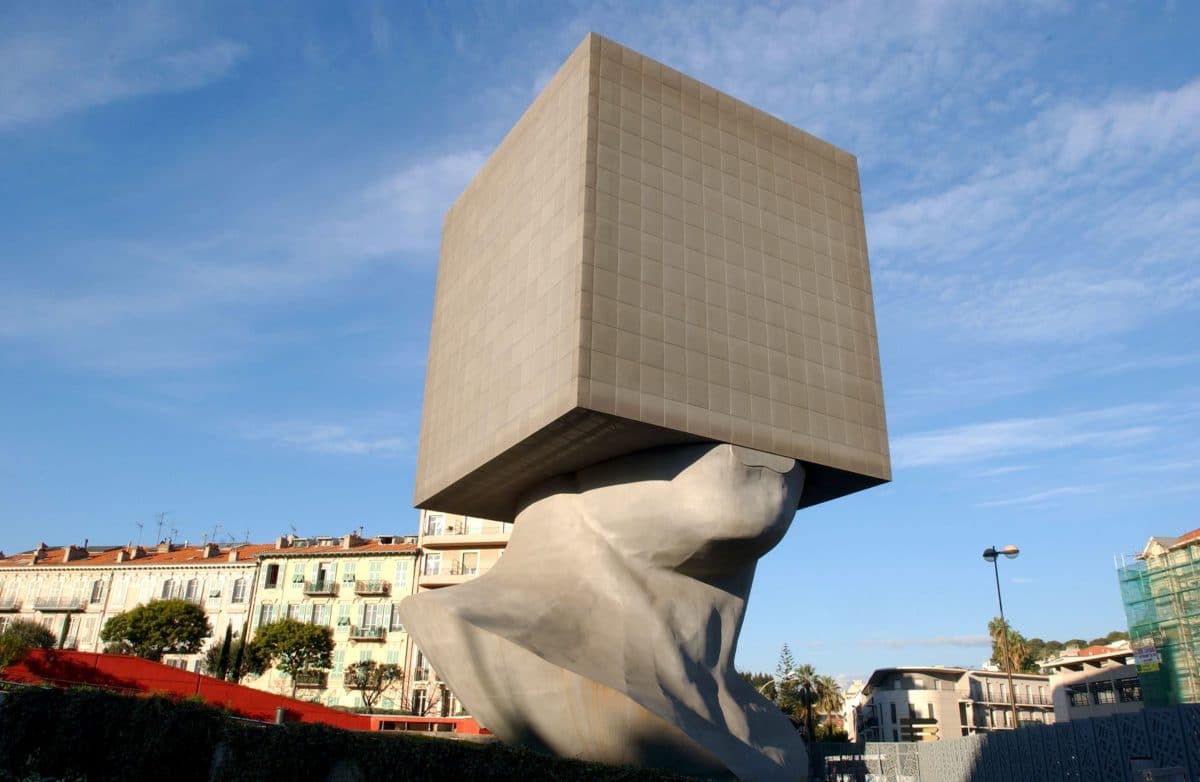
@OTM NCA / A.Issock
Nice, Art Deco
With the revolution in urban planning that followed the First World War, Nice had to become a large modern city, and it was the Art-Deco style, in vogue at the time, that met this need. Modern materials and techniques, mass production, taking into account the way of life, the buildings replace the villas, the Promenade des Anglais is redeveloped, it is another style for another life after the war. Many streets in Nice, therefore, feature Art Deco style buildings, such as rue Verdi, the Promenade des Anglais or boulevard Victor Hugo.
Nice, heritage is alive
Since the end of the 20th century, contemporary art has been omnipresent in various fields: architecture, art, music, etc. The birth of new districts such as the Arénas and the Eco-Vallée, located to the west of the city, mark the impact of this movement on the city, and contemporary creation is still very present in the city today.
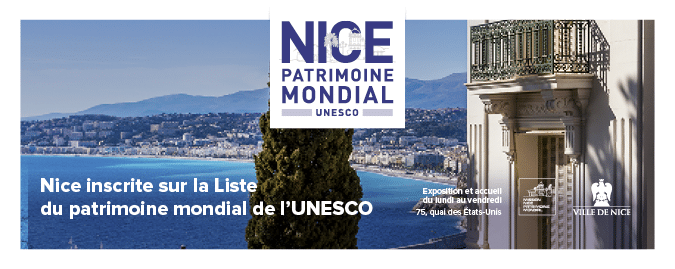
This is evidenced by the inclusion of the city of Nice on the UNESCO World Heritage list as a “Riviera winter resort city” for its architectural, landscape and urban heritage.


